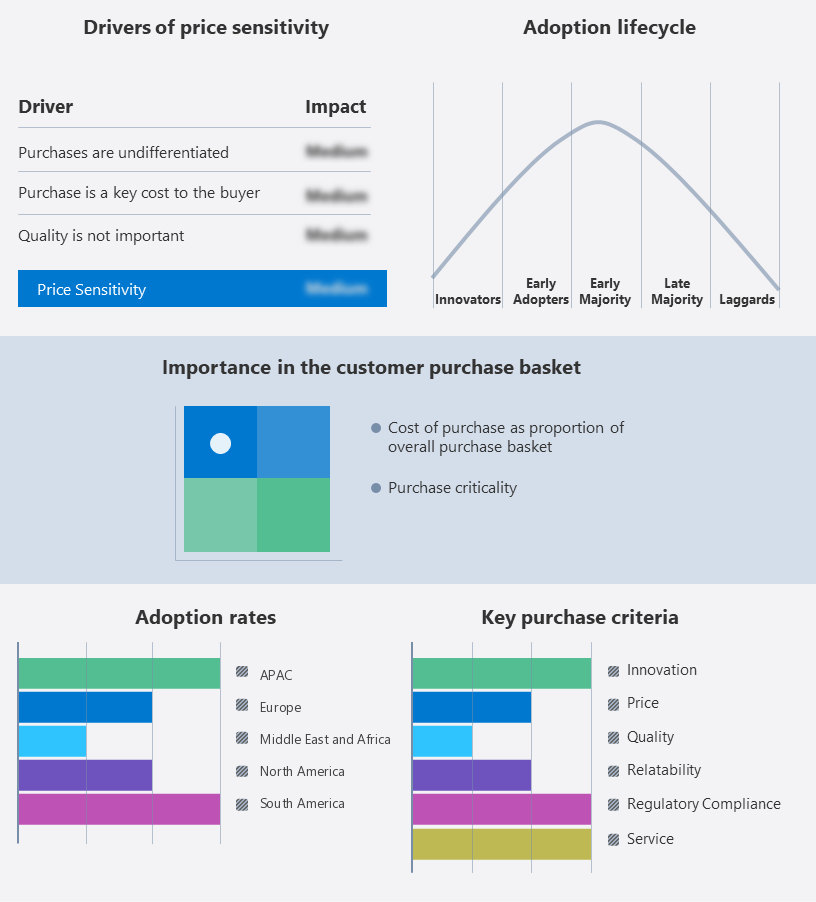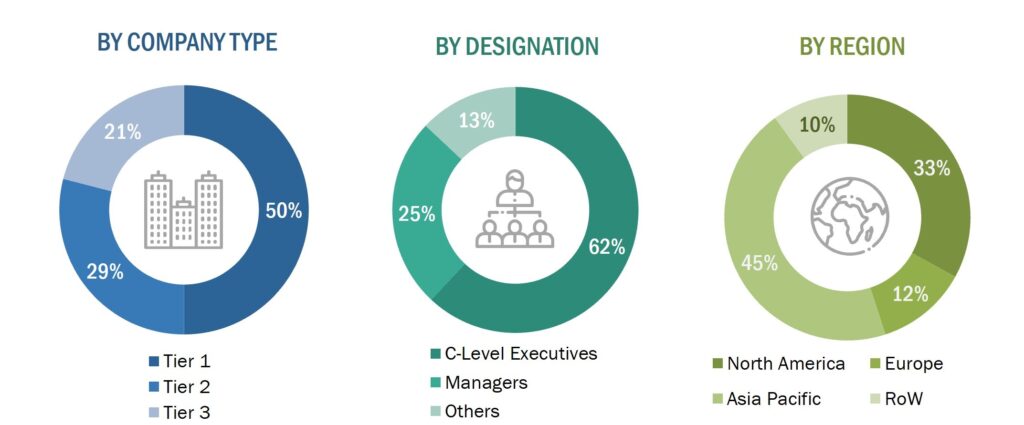Compound Semiconductor Market Size is Projected to Reach All-Time High in 2031
The compound semiconductor market, with a compound annual growth rate (CAGR) of 11.6% from 2024 to 2031, was projected to reach $347 billion by 2031. They are semiconductors that are made from two or more elements. The special properties of these crystals have become more important for certain applications. Because of their fundamental material properties, compound semiconductors can do things that simply aren’t possible with silicon.
Compound semiconductors are essential in creating LEDs, which are used in everything from phone backlights to car lights. It is fascinating to learn about the technology that makes them possible. The demand for epitaxial wafers in LED technology is driving massive growth in the market.

Additionally, the automotive industry is embracing the use of compound semiconductor wafers due to their superior characteristics over silicon-based technology. They have several edges, such as three times higher thermal conductivity and a breakdown electric field strength that is also 10 times higher than those made of silicon. Features in high-voltage applications can simplify design, lower costs, and enhance reliability.
Competitive Analysis:
The compound semiconductor industry’s key players are using various strategies to influence the market, such as;
- Launching new products,
- Developing existing products,
- Collaborating with other companies,
- Forming partnerships,
- Signing agreements.
The report also includes information on the major players’ strengths and weaknesses, product portfolio, market share analysis, operational results, and market positioning.

Some of the top companies in the global compound semiconductor market include:
- STMicroelectronics N.V.
- Infineon Technologies AG
- Taiwan Semiconductor Manufacturing Company Ltd.
- NXP Semiconductors N.V.
- Qorvo
- Cree Inc.
- Renesas Electronics Corporation
- Samsung Electronics
- Nichia Corporation
- Texas Instruments Inc.
Compound Semiconductor Market Top Impacting Factors:
The compound semiconductor market experiences growth due to various factors. Additionally, compound semiconductor wafers are more favored in the electronics and automotive industries compared to silicon-based wafers.
However, the cost of manufacturing these wafers is high, which poses a challenge to early adoption and market expansion. Despite the challenges, there are new growth opportunities in the compound semiconductor epitaxial wafer market during the forecast period. This is due to the increasing use of compound semiconductors in smart technologies and IoT applications.
Compound Semiconductor Market Research Methodology:
Data on the international compound semiconductor market is gathered using primary and secondary research methods. Primary research involves gathering authentic data directly from consumers in a particular market through interviews or surveys. Secondary research, on the other hand, involves gathering information from previously released data by international organizations, business groups, government institutions, research institutions, and similar sources.
Key Benefits for Stakeholders:
- The analysis thoroughly examines the key factors that drive, constrain, or provide opportunities for impact. It has undergone a review to ensure there are no spelling, grammar, or punctuation errors.
- This study presents an analysis of the market size, current trends, and future estimations to identify investment opportunities.
- Each region’s major countries are mapped by their contribution to global revenue.
- One way to demonstrate the market share of major vendors in the compound semiconductor industry is through the application of Porter’s five forces analysis.
- The report includes profiles of major suppliers, providing insights into their company overview, business segments, product portfolio, and key strategic moves in the market.








This looks obsolete though
How do you mean? This was based on a detailed research that came out last month.